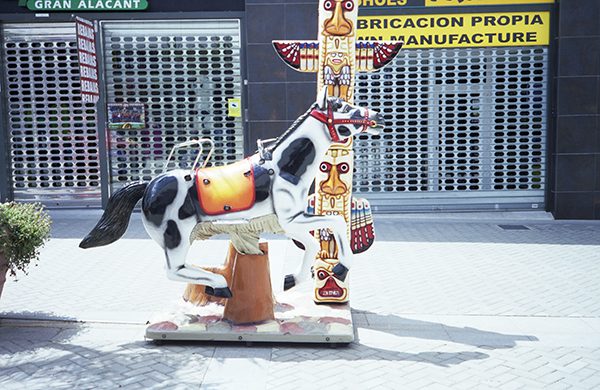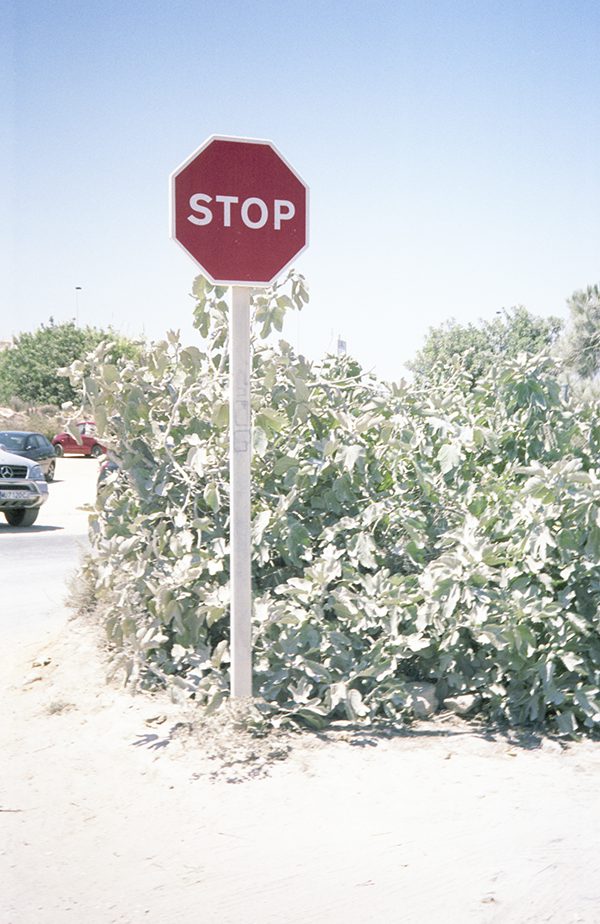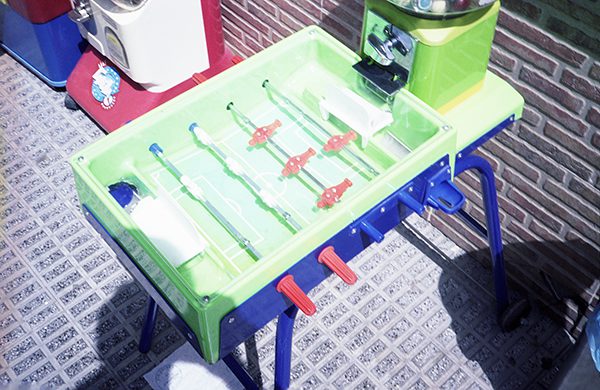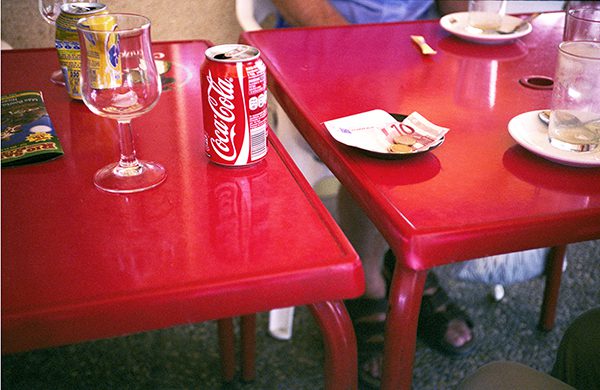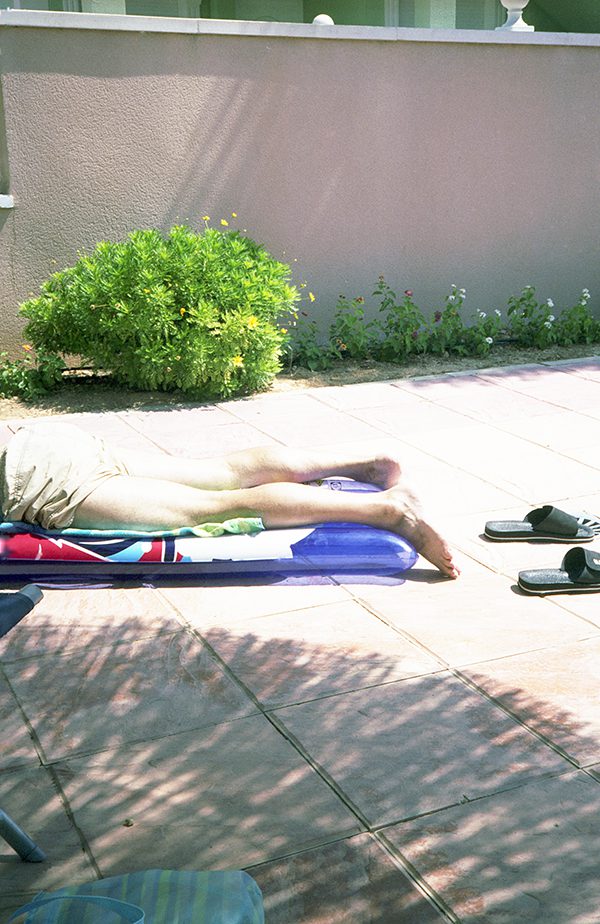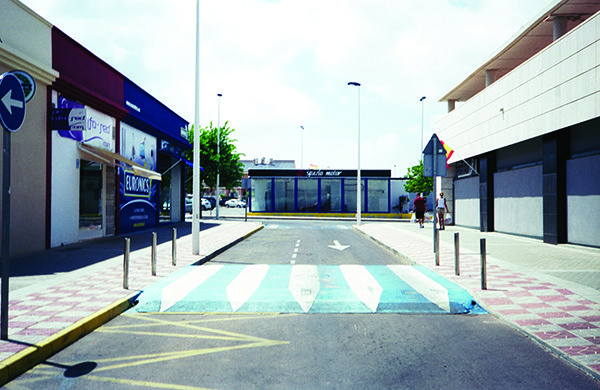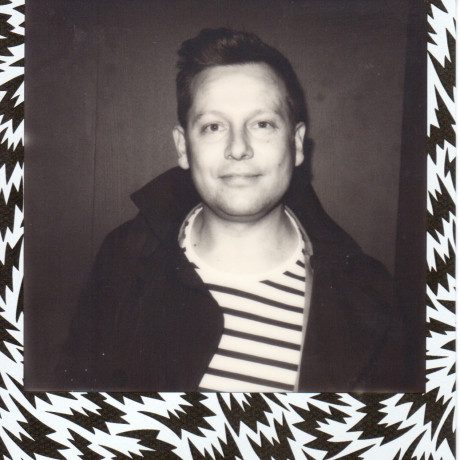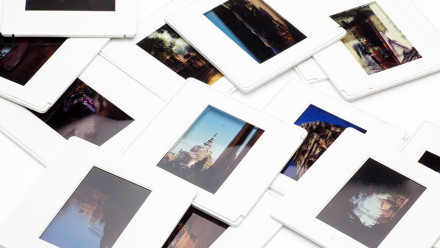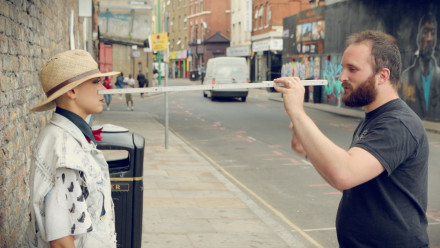Benjamin R. Hailzelden’s Orange Upon the Table
Benjamin R. Hailzelden tells PhotoBite about his project: An Orange Uponthe TableA series of striking images shot over a short timeframe. Here, Ben explains his approach, his kit and his discipline in capturing the narrative through his images.
I was born in 1979 and my hometown is probably best known for Beachy Head, the large cliff that dominates the coastline of the area. Also for the large proportion of the population that have the pleasure of describing themselves as octogenarians. It was a great, although strange, place to grow up.
In 2006 I moved to Wales to study for a BA at the University of Wales College’s Documentary Photography course.During my time there, I was taught by, amongst others, Paul Reas and Clive Landen. The lecturers of this course proved to be invaluable sources of knowledge & criticism and shaped me to be the photographer I am today. The course here fosters what I would describe as a ‘culture of excellence’.Since leaving University in 2009 I have continued to make photographic work on my own terms.
The images presented here were produced over an eight-day period within the Gran Alacant area of Spain. Rather than discussing the semiotic properties of each and every image here, I’ve addressed how this project, and others like it, came to being.Whether you are a practicing professional photographer or not, with knowledge, comes a responsibility to use it. Otherwise why did you learn your craft at all?
I’m currently engaged on a long-term project, which I won’t talk about here, but I really enjoy short projects with a defined beginning and end (as to when the images will be produced).
I make what I can in the allotted time and it either succeeds or fails. But it is complete, which is fantastically satisfying to me as an image-maker. One who has been in engaged in projects that, at times, seem to have no end in sight.
I have produced a number of these short projects and even the failures count as successes to me, I have learnt innumerable things about the way I make images from them and would advocate this practice wholeheartedly to any other photographer.
After completing my university degree I had found myself subscribing to the use of quite rigid image making strategies. Whilst this process of formalising your ideas as to the images you wish to produce before entering the ‘real world’ can yield great results, it does in my opinion take away from one of the main joys of photography: discovery.
This discovery not only of new subjects, but ways of seeing and photographing, is what got me interested in becoming a photographer in the first place. Another aspect that intensely interested me, and still does, was the transformative process that objects, people, and things undergo when represented within a photograph.
More and more I had found myself producing what I had intended to before I stepped out the door with my camera and tripod, but no more. Sometimes you can become paralysed by your own strategy. The process that I try to employ when making these short projects is to shoot as much as possible within the area (whether it be physical or conceptual) I have chosen, and then a little more.
It may sound silly but often my most successful images have often been made in situations where I ordinarily would have been reticent to push the shutter. It is important to remember the transformation that is made through the process of photography: you are MAKING images, not simply records of things and actions. You have to take risks. When editing I like to look upon each image as a word within a photographic sentence. I know the story or idea that I want to communicate from my research before my visit and my experiences whilst shooting. It is just a matter of selecting the right images for this purpose and placing them in the right order. Sounds simple really doesn’t it? Ordinarily I would deliberate greatly over sequencing (and in some instances with this project I did) but this series, and others,are exercises in instinct over rationality and justification.
It is important to believe in your own abilities (but not too much). This project was fundamentally a means of photographic purification. To return to the very basics of equipment and to set further restriction upon time has allowed me to continue with my other work with newly opened eyes. Images in this series were produced using an Olympus 35RC.
This compact 35mm rangefinder was first produced in1970 and is most notable for providing users with manual exposure and manual focus in an incredibly compact package.I rarely use anything other than a ‘standard’ lens when shooting; I find their properties suit the types of images that I want to make. Other main cameras in my kit bag include a Mamiya Universal that is equipped with a 100mm and a 6×9 back and my Rolleiflex is equipped with a fixed 75mm.
This Olympus has an E.Zuiko f2.8 42mm lens, which renders very sharp and ‘contrasty’ images and allows me continuity between my systems with regards to focal length. This kit can be bought very cheaply and both lend themselves to shooting in less than favourable conditions (like sandy seaside resorts for instance). Better still, due to their size and antiquity leave you undisturbed by passers by and camera bores.
Whilst the images the Olympus produces obviously don’t stand up to medium format, resolution wise, it certainly punches above its weight when compared to the output from my Nikon digital and 35mm systems. When selecting film stock for this project I knew that I would be dealing with very bright conditions and that I wanted quite highly saturated images.
I have used Fujifilm’s series of pro (400H, 160C, NPC, NPH) films almost exclusively since moving on from education and I have a lot of affection for them. In this instance I plumped for Fujifilm’s 160C.
“Whilst I am not someone who obsesses over equipment one can not simply use the same tool for different purposes, each has its own characteristics, which in turn effect the types of images one will make”
The images contained within this portfolio would not of been possible without the freedom that is gained from the use of compact 35mm camera. The use of 35mm was important also in implying an element of amateurism in the images that were captured; I wanted them to feel as though they could have been someone’s holiday pictures. It was put best by Robert Adams when he said: “Photography is more than a medium for communication of reality, it is a creative art. Therefore, emphasis on techniques justified only so far as it will simplify and clarify the statement of the photographers concept” (Adams, 1983).
When reproducing my images I am fascinated by the use of the photographic object and installation based presentation. These images have been presented in a short run (50 copies) artist book. This format lends itself perfectly to the construction of narrative and the small size (a5) lends it an intimacy that one would find in a printed portfolio or exhibition.
It is within this context that I feel these images really operate as intended.I am frequently asked the intentions behind my images and whilst I do not have any clear cut answers I believe that my main concern is exploring the gap between the object or scene itself and the photograph that it is presented within it.
Through photography I have endeavoured to explore the ideas that have been supplanted into our collective brain through the use of imagery. Whether it is the use of commissioned artists to support notions of heaven and hell or the use of photography as propaganda during the communist revolution. That we have been the creators of these connotations and that they exist only within the image, our response to the subject itself will always be different.
Nietzsche put it in far more eloquent terms when he said: “For thousand of years we have been looking at the world with moral, aesthetic, and religious claims, with bind inclination, passion, or fear, and have indulged ourselves fully in the bad habits of illogical thought, this world has gradually become so strangely colourful, frightful, profound, soulful; it has acquired colour, but we have been the painter: the human intellect allowed appearances to appear, and projected its mistaken conception onto the things”.

